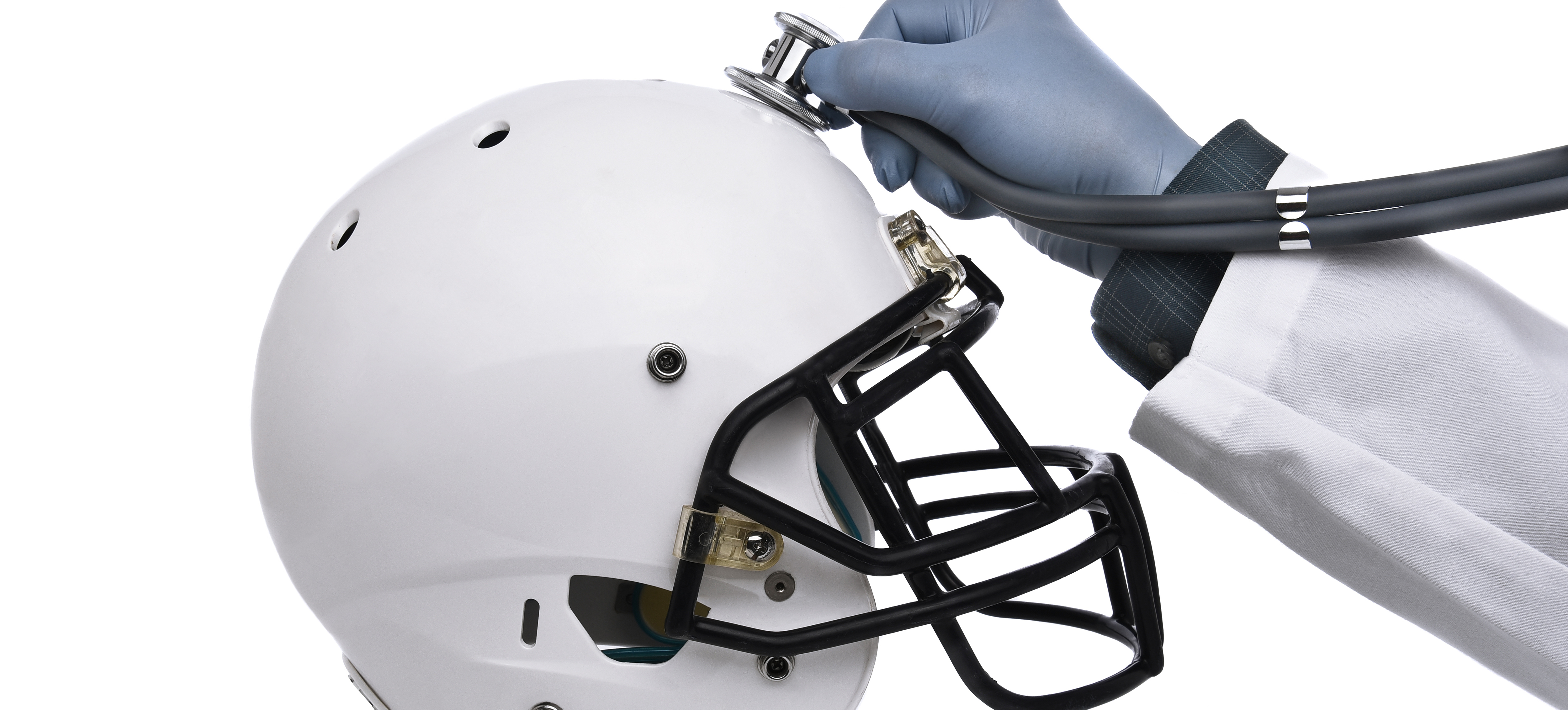by Buck Institute
January 17, 2019 . BLOG
Neurofilament Light Chain: A New Biomarker for Neurodegenerative Diseases and Athletic Head Injury
By Isaac Villalpando and Irene Wilson, Dominican University Master's Students
According to the World Health Organization, age-related neurodegenerative diseases affect millions of people worldwide. But neurodegenerative disease biomarkers (measurable indicators that can detect the presence or severity of a disease) require invasive procedures, such as a lumbar puncture (also known as a spinal tap), to obtain patient samples. One example of a biomarker that requires a lumbar puncture is the tau protein, a marker for Alzheimer’s disease (AD), since it is commonly found in cerebrospinal fluid. Researchers aim to address this issue by developing biomarkers that can be collected in an easier manner and can still provide insight on disease progression.
In 2016, Bacioglu et al. identified a novel protein called Neurofilament Light Chain (NF-L) that could potentially serve as a biomarker for neurodegenerative diseases. Unlike many other biomarkers including the tau protein, NF-L is measurable in blood. The study found that elevated levels of NF-L in cerebrospinal fluid correlate with elevated levels of NF-L in blood. Just imagine — invasive lumbar punctures could be replaced by a simple blood draw which could predict a patient’s risk for neurodegeneration.
But for clinicians to use NF-L as a biomarker, researchers need to show that NF-L levels in blood correspond to disease. Bacioglu et al. showed that mice that are fed specific food pellets which inhibit AD progression had lower NF-L levels compared to mice that are fed a normal diet. To bridge the study, researchers also studied multiple neurodegenerative diseases in humans and compared blood NF-L levels of patients and healthy individuals. For a multitude of neurodegenerative diseases, they found a statistically significant increase in the NF-L blood levels of patients with neurodegeneration compared to healthy patients. Although the research study has built a case for using NF-L as a biomarker for neurodegenerative diseases, more correlative studies are needed to verify its reliability in the clinic.
Since NF-L is released when neurons are damaged, NF-L may also be useful for detecting traumatic brain injuries like concussions. According to the Centers for Disease Control and Prevention, in 2012 there were roughly 33,000 sport-related concussions among young people under 19 years old. Also in 2012, the National Football League donated 30 million dollars to the National Institutes of Health to research concussions and brain injuries after the Hall of Fame linebacker, Junior Seau, died from a self-inflicted gunshot wound. After playing 19 seasons in the NFL, Seau’s autopsy revealed that he suffered from Chronic Traumatic Encephalopathy (CTE) before he committed suicide. CTE, which is solely diagnosed post-mortem, is linked to a number of symptoms such as dementia, aggression, and even depression, which is why researchers believe that Seau’s CTE had a role in his decision to take his own life. This raises the question: could repeated hits to the head from playing football be the cause of Seau’s CTE? In fact, a study from 2017 examined the brains of 111 former NFL players and discovered that all but one had CTE. After this report, the NFL and NIH ended their partnership because of a disagreement regarding the direction of future studies, leaving $16 million unspent.
Conducting additional research to further the understanding of this novel neurodegeneration biomarker, NF-L, may be a step to ensuring player safety. Since concussions and repeated blows to the head arise in football, amateur boxing, other contact sports, as well as everyday accidents, we need a better method to track NF-L in real time. Imagine a technology sensitive enough to detect NF-L levels from a single drop of blood. This could yield important data about how severe a brain injury is via a non-invasive procedure. An athlete’s trainer or physician would be able to monitor his or her NF-L levels daily and determine when it is safe for the individual to return to the game.
Although the technology is not yet fully developed, the future may provide real-time analysis of NF-L levels for everyone from athletes to patients at risk of developing Alzheimer’s, allowing clinicians to determine the appropriate medical intervention and ultimately prevent tragedies like Junior Seau’s or the development of neurodegenerative disease.

SHARE